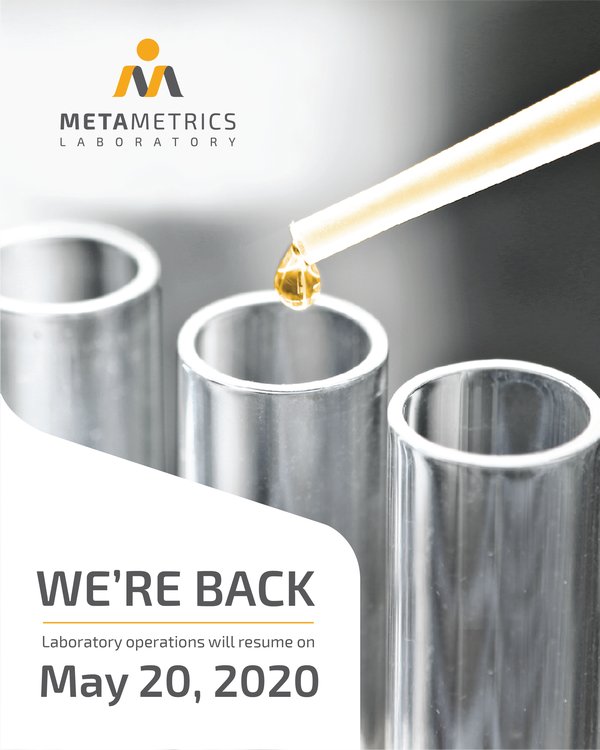Ascorbic Acid (Vitamin C)
Ascorbic Acid in Serum
Clinical Information
Also known as L-ascorbic acid, vitamin C is essential as the body is unable to synthesize it1.
Vitamin C is important for the synthesis of carnitine and catecholamines, adrenalin and noadrenalin. It is important for the absoprtion of non-heme iron in the mucosa, the reduction of folic acid intermediates, and the synthesis of cortisol2. It is also important for the synthesis of collagen and an important component of connective tissues1.
Signs and Symptoms of Deficiency or Toxicity
Vitamin C deficiency can lead to scurvy. This may develop within a month’s time with fatigue, malaise, and gum inflamation as initial symptoms. When the deficiency worsens, petechiae, joint pain, poor wound healing are observed1.
Vitamin C deficiency is uncommon.
Suggested possible toxic studies based on in vitro studies are excess iron absoprtion, vitamin B12 deficiency, erosion of the dental enamel, kidney stones, and birth defects3.
Biomarker and Methods of Analysis
ASCORBIC ACID IN SERUM.
Ascorbic acid in serum is a more practical index to assess nutrient status. To minimize influence of recent uptake of Vitamin C, fasting blood sample is required for serum ascorbic acid testing4,5.
Supplementation Guide
No supplemental guidelines for the general public.
The upper limit for vitamin C per age group are as follows6.
- Children:
- 1-3 y.o.: 400 mg
- 4-6 y.o.: 650 mg
- 9-13 y.o.: 1200 mg
- 14-18 y.o.:1800 mg
- Adults, 19 years and above: 1000 mg
- Pregnant and Lactating, 14 to 18: 800 mg
Some medications that may have an effect on vitamin C include estrogen-containing contraceptives and aspirin – if taken frequently3.
Food Sources
Fruits and vegetables are the richest sources of vitamin C1.
Citrus fruits, tomatoes and tomato juice, guava, and potatoes are excellent sources of vitamin C. Other good sources are kiwifruit, and strawberries1.
(1) Office of Dietary Supplements-National Institutes of Health. (n.d.). Vitamin C. Fact Sheet for Health Professionals. Retrieved from https://ods.od.nih.gov/factsheets/VitaminC-HealthProfessional/
(2) Huskisson E, Maggini S, Ruf M. The role of vitamins and mineral in energy metabolism and well-being. The Journal of International Medical Research 2007; 35: 277-289
(3) Higdon J, Angelo G. (January 14, 2015). Pauling Institute. Micronutrient Information Center. Vitamin C. Retrived from http://lpi.oregonstate.edu/mic/vitamins/vitamin-C
(4) Emadi-Konjin P, Verjee Z, Levin AV, Adeli K. Measurement of intracellular vitamin C levels in human lymphocytes by reverse phase high performance liquid chromatogprahy (HPLC). Clinical Biochemistry 2005; 38(5):450-456
(5) Mayo Clinic Medical Laboratories. (n.d.) Test Catalog: Ascorbic Acid (Vitamin C), Plasma. Retrived from https://www.mayomedicallaboratories.com/test-catalog/Clinical+and+Interpretive/42362
(6) Philippine Dietary Reference Intakes. 2015. Department of Science Technology-Food and Nutrition Research Institute.



